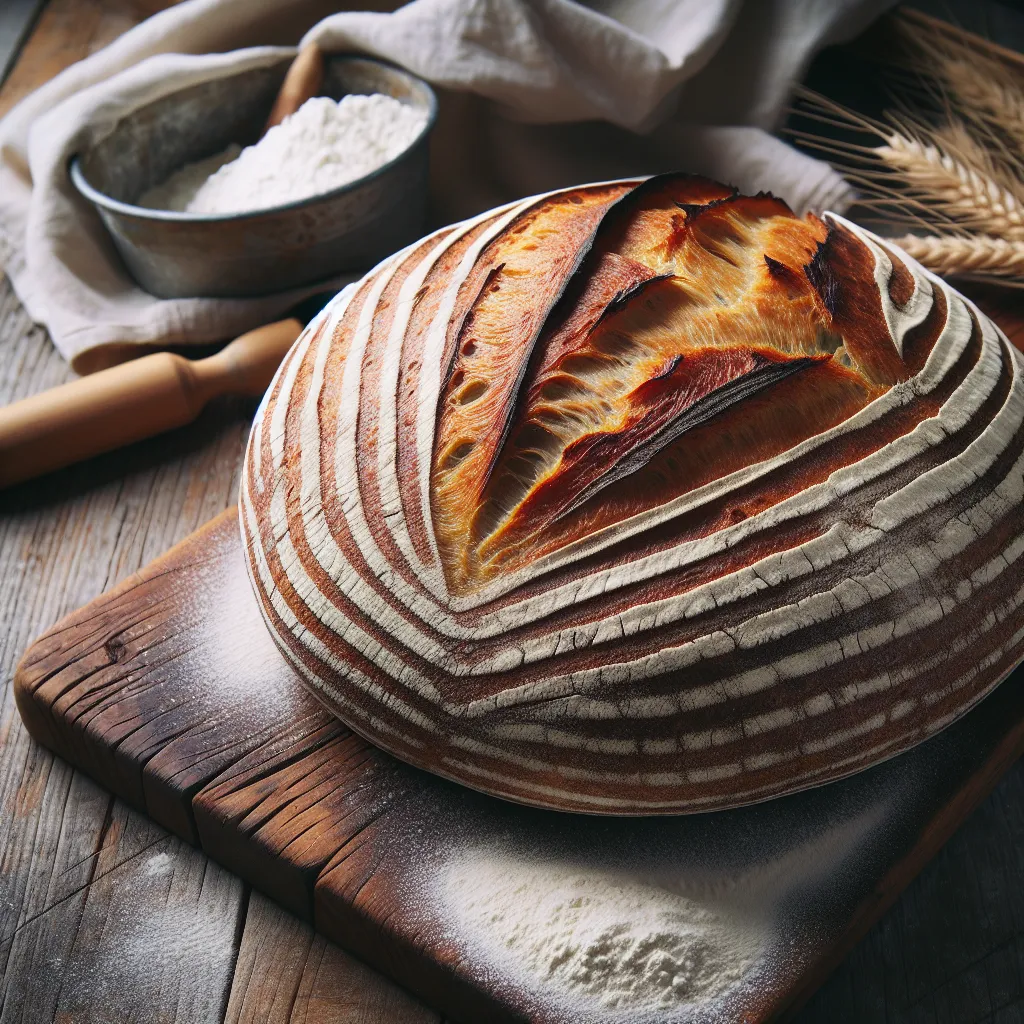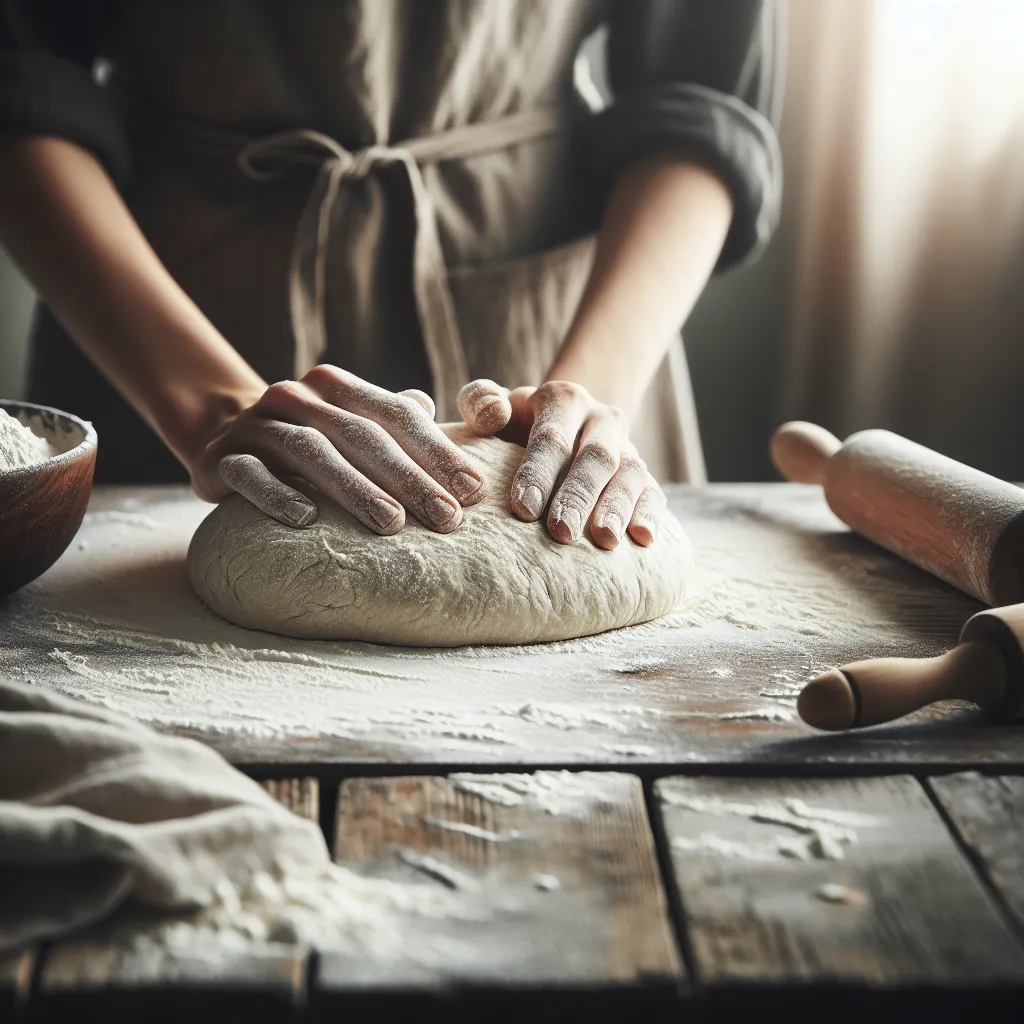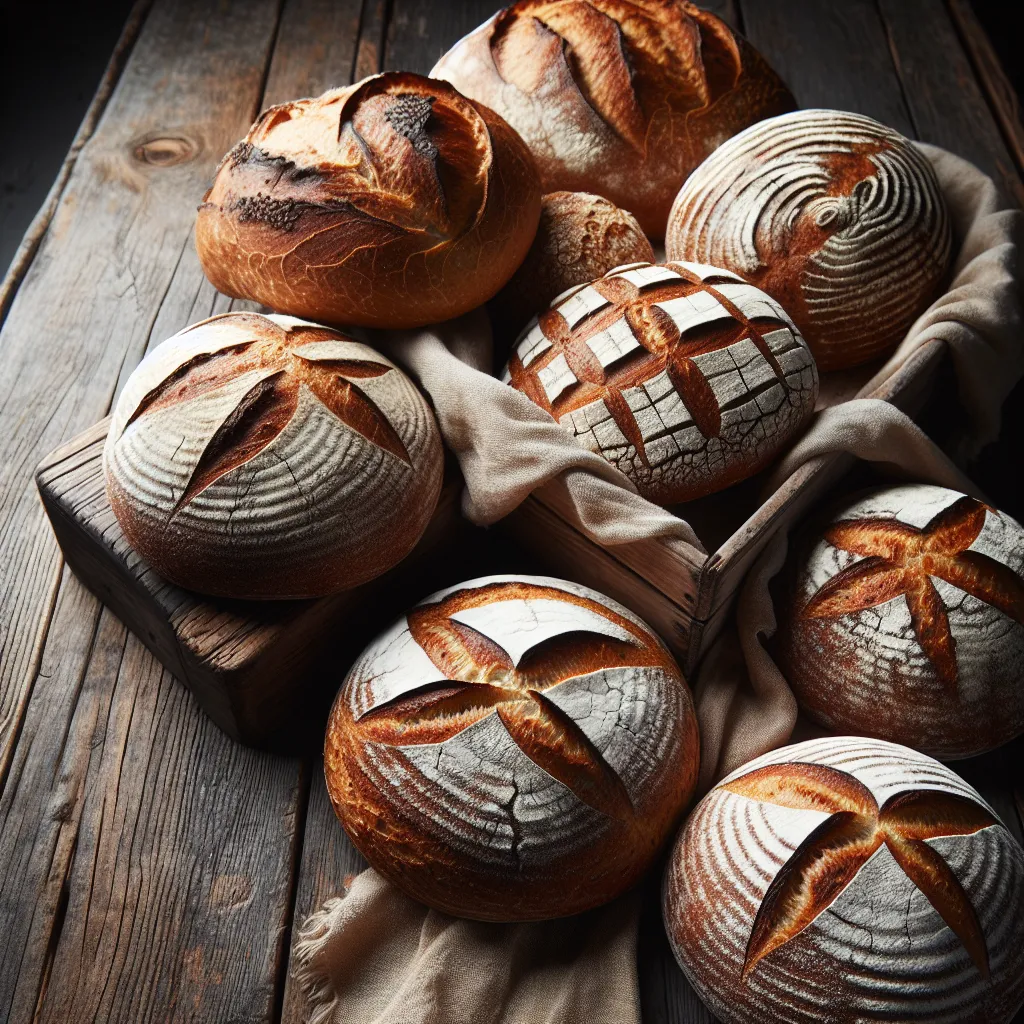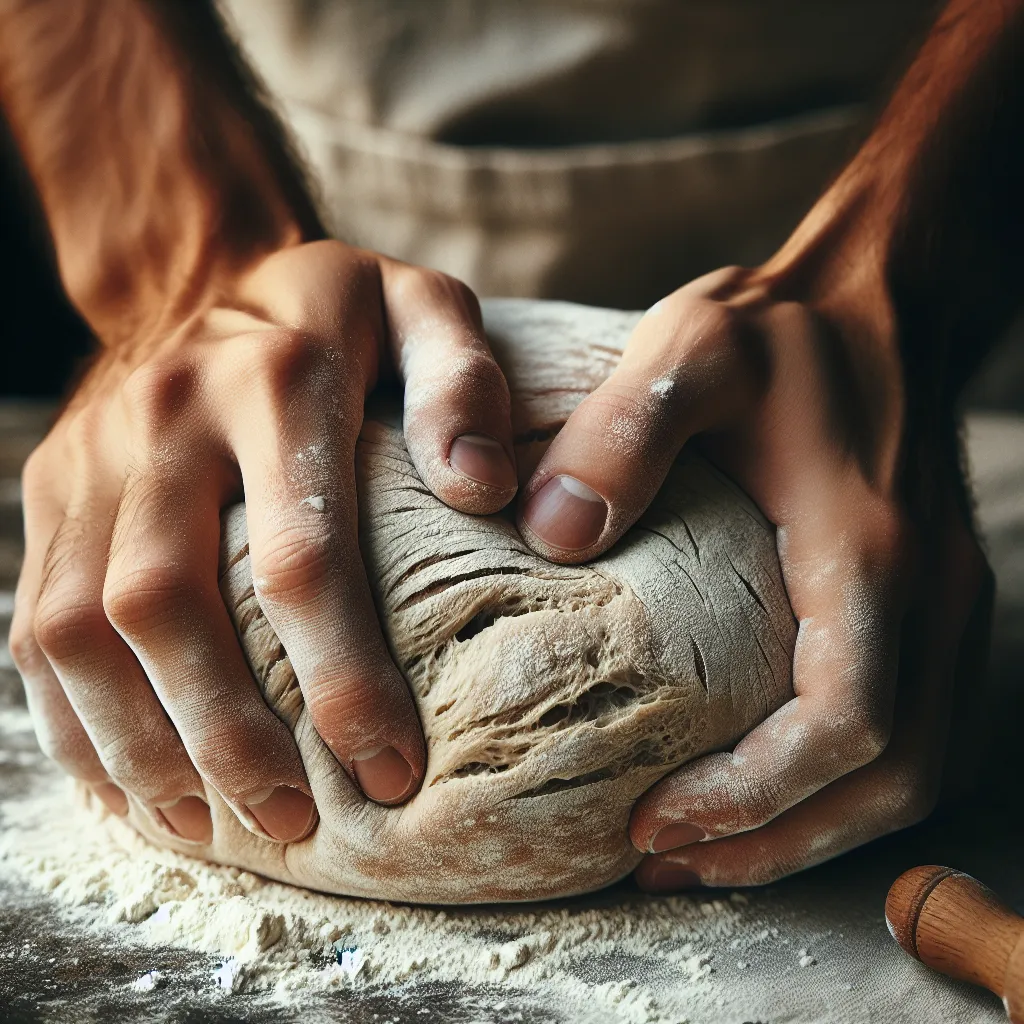The History and Origins of Sourdough Bread
Sourdough bread has a rich history that dates back thousands of years, making it a staple in many cultures around the world. The origins of sourdough bread can be traced back to ancient Egypt, where the earliest recorded use of naturally occurring wild yeast to leaven bread was found. From Egypt, the art of sourdough bread making spread throughout the Mediterranean and eventually made its way to Europe.
During the California Gold Rush in the 19th century, sourdough bread became a main source of sustenance for miners due to its long shelf life and tangy flavor. This period played a crucial role in popularizing sourdough bread in the United States, particularly in the San Francisco area.
Today, sourdough bread continues to be celebrated for its distinctive tangy taste and chewy texture. Mastering the art of sourdough bread making at home allows enthusiasts to connect with this ancient tradition and create delicious loaves using time-honored techniques.
Understanding the history and origins of sourdough bread provides insight into the cultural significance and widespread popularity of this beloved bread variety. By delving into the roots of sourdough, aspiring bread makers can gain a deeper appreciation for the timeless craft of sourdough bread making.
The Science Behind Sourdough Starter
When it comes to mastering the art of sourdough bread making at home, understanding the science behind sourdough starter is crucial. Sourdough starter is a mixture of flour and water that has been fermented to cultivate wild yeast and lactobacilli bacteria, which are the key agents responsible for the leavening and flavor development in sourdough bread. The fermentation process in the sourdough starter is driven by the naturally occurring microbial ecosystem present in the flour. This ecosystem transforms the starter into a lively, bubbling mixture that provides the rising power and distinct tangy flavor characteristic of sourdough bread.
One of the key components of the science behind sourdough starter is the presence of wild yeast. These wild yeasts, such as Saccharomyces exiguus and Candida milleri, are naturally present in the flour and the surrounding environment. When flour and water are combined to create the starter and left at room temperature, these wild yeasts begin to metabolize the carbohydrates in the flour, producing carbon dioxide gas and alcohol as byproducts. It is this carbon dioxide gas that creates the characteristic bubbles in the starter and causes the dough to rise during the bread-making process.
In addition to wild yeast, lactobacilli bacteria also play a crucial role in the fermentation of the sourdough starter. These bacteria produce lactic acid as they metabolize the carbohydrates in the flour, which contributes to the tangy flavor of the sourdough bread. The presence of these beneficial bacteria also helps to acidify the starter, creating an environment that inhibits the growth of harmful microorganisms and contributes to the preservation of the starter over time.
Understanding the intricate science behind sourdough starter is essential for home bakers looking to achieve the perfect balance of flavor, texture, and rise in their sourdough bread. By harnessing the power of wild yeast and lactobacilli bacteria through proper fermentation techniques, bakers can create unique and delicious sourdough bread that is unmatched in flavor and quality.
Techniques for Perfecting Sourdough Loaves
Mastering the art of sourdough bread making at home involves honing specific techniques to perfect the coveted sourdough loaves. One crucial aspect of achieving the ideal sourdough loaf is the fermentation process. Allowing the natural yeast in the sourdough starter to ferment the dough slowly and steadily is essential in developing the complex flavors and achieving the desired airy crumb and crispy crust.
Another important technique is understanding the hydration levels of the dough. Balancing the flour and water ratio can greatly affect the texture and structure of the final loaf. Different hydration levels can result in varying degrees of open crumb and crust thickness, allowing for versatility in the final product.
Moreover, mastering the art of shaping the sourdough loaves is crucial. Proper shaping techniques contribute to achieving the desired oven spring and the characteristic ear formation on the crust, while also creating an appealing loaf structure.
Furthermore, the baking process itself requires careful consideration. Preheating the oven, using a baking vessel to create steam, and understanding the ideal temperature and timing for baking are all critical factors in achieving the perfect sourdough loaf.
Lastly, learning to observe the dough and understand its behavior throughout the entire process is vital. This includes understanding the signs of proper fermentation, knowing when the dough is adequately proofed, and recognizing the ideal time to score the dough before baking.
By honing these techniques and understanding the intricacies of sourdough bread making, one can truly master the art of creating exceptional sourdough loaves at home.
Exploring Flavor Variations in Sourdough Baking
Exploring flavor variations in sourdough baking is an exciting journey for any home baker. The art of sourdough bread making at home offers a myriad of opportunities to experiment with different flavor profiles, creating unique and personalized loaves. By understanding the factors that influence the flavor of sourdough, bakers can master the craft of achieving exquisite taste variations.
One of the key components that contribute to the diverse flavor profiles in sourdough bread is the selection of flour. Different types of flour, such as whole wheat, rye, spelt, or einkorn, impart distinct flavors to the bread. Experimenting with various combinations of these flours can result in a wide range of taste experiences, from nutty and earthy to sweet and complex.
Furthermore, the fermentation process plays a crucial role in developing the flavor of sourdough. Longer fermentation periods generally lead to more pronounced tangy and complex flavors, while shorter fermentations result in milder tastes. Understanding and controlling the fermentation time allows bakers to fine-tune the flavor of their sourdough according to their preferences.
In addition to flour selection and fermentation, the use of different hydration levels and the incorporation of ingredients like seeds, nuts, herbs, or dried fruits offer endless possibilities for creating unique flavor variations. These elements can add layers of complexity and texture to the bread, elevating the overall taste experience.
Mastering the art of exploring flavor variations in sourdough baking involves a balance of technique, creativity, and a willingness to experiment. By honing these skills, home bakers can unlock the full potential of sourdough bread, delighting in the rich and diverse flavors they can create.




